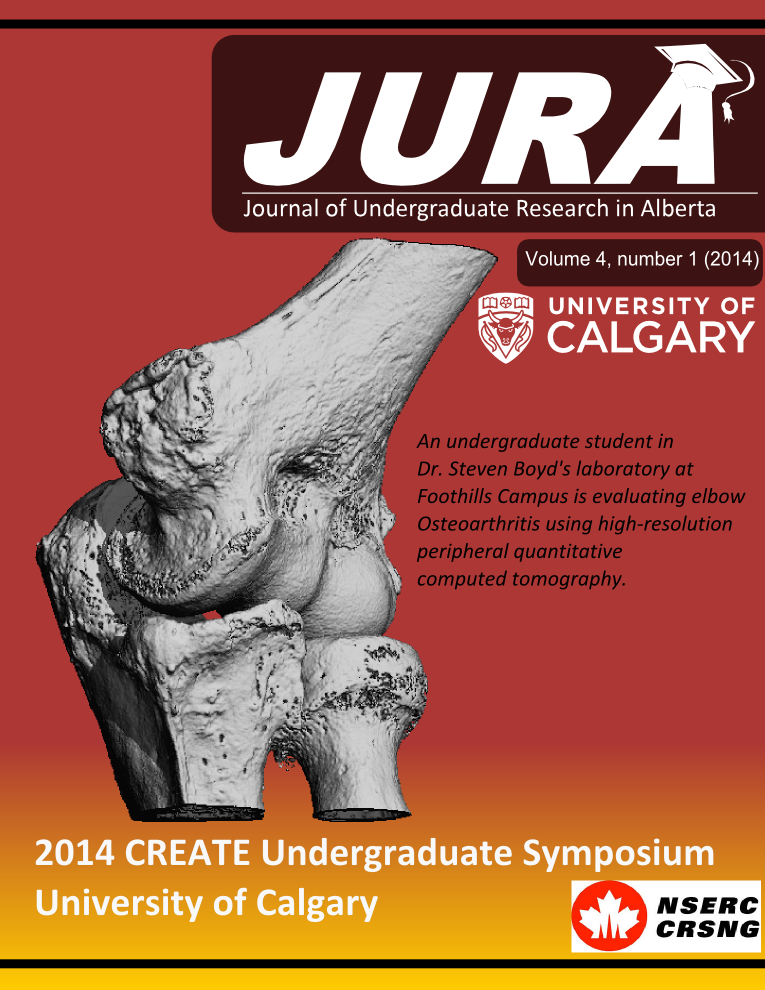COMPARISON OF TWO OPTICAL IMAGING SYSTEMS TO REDUCE RADIATION IN ADOLESCENTS WITH SCOLIOSIS
Abstract
INTRODUCTION
Adolescent Idiopathic Scoliosis (AIS) is a three-dimensional (3D) deformity of the spine characterized by abnormal lateral curvature and vertebral rotation affecting 2-3% of adolescents [1]. The current clinical diagnostic and monitoring method consists of full torso X-rays where the Cobb angle, a measure of spinal deviation from the vertical, is used to determine the magnitude of the deformity. Two major limitations are associated with this approach. First, the routine exposure to radiation has been linked to an increased risk of cancer in scoliotic patients [2]. Second, the Cobb angle is inadequate to fully define the deformity because it is a two-dimensional measure. A holistic approach to define the deformity and reduce radiation exposure is needed.
Changes in spinal curvature alter torsal shape making the use of surface topography (ST) a potential alternative to detect and monitor AIS progression in 3D [3] as well as reduce periodic radiation exposure. The majority of recent attempts to validate ST for clinical implementation have used commercial fringe topographic (FT) methods, which are expensive and take prolonged captures. A novel low-cost photogrammetric system that takes instantaneous captures has been developed to remove errors resulting from movement during a capture and increase torso reconstruction accuracy [4]. The effect of the improved accuracy on the ST measures in the new system is not yet understood. The aim of this study was to compare FT and photogrammetric data, thereby providing context for ST measures resulting from the new system.
METHODS
Models of four AIS (1M, 3F) and four normal (1M, 3F) subjects between the ages of 9-16 were reconstructed via FT (InSpeck Inc, Montreal; now owned by Creaform, Lévis) and photogrammetric methods in order to compare ST measures in three regions, i.e. upper (T7), middle (T12) and lower (L4). Captures from the two systems were taken consecutively while subjects were in a positioning frame to reduce movement artifacts between systems. MeshLab was used to generate meshes from the photogrammetric point clouds. A custom scoliosis code [5] calculated ST measures from meshes between T1 and S1 (Fig 1.). Anatomical landmarks determined each individual’s fixed reference frame.
RESULTS
A repeated measures multivariate analysis of variability compared 11 distinct ST indices calculated from torsal cross-sections (Fig. 1) [6]. There were two subject groups, normal and scoliosis; two optical methods, FT and photogrammetry; and three analyzed levels, T7, T12 and L4. Statistically significant (SS) differences were found in ST measures between methods (p < 0.001) and spinal levels (p = 0.032). Further tests revealed SS difference in both the normal (p = 0.006) and scoliosis (p = 0.002) groups ST measures from the two methods.
DISCUSSION AND CONCLUSIONS
The photogrammetry method produced different ST measures from the FT method. Further method comparison includes distorting photogrammetry data until it matches FT data. Increasing sample size will provide SS information on interaction effects and the effects of improved accuracy and repeatability of the novel system vs. InSpeck (accuracy: 0.3 mm vs. 1.29+/- 0.45mm; repeatability: 0.19mm vs. 1.4mm; [4,6]) on ST measures.
Downloads
References
1. Weinstein S. Spine (Phila Pa 1976). 24:2592-2600,1999.
2. Levy A, et al. Spine. 21:1540-1547,1996.
3. Komeili A, et al. Spine J. 14:973-83, 2014.
4. Detchev I, et al. Geomatica. 65:175-187, 2011.
5. Sharma G, et al. COA [Poster presentation], 2012.
6. Dubetz T, [MSc thesis]. 2012.
Downloads
Published
Issue
Section
License
Authors retain all rights to their research work. Articles may be submitted to and accepted in other journals subsequent to publishing in JURA. Our only condition is that articles cannot be used in another undergraduate journal. Authors must be aware, however, that professional journals may refuse articles submitted or accepted elsewhere—JURA included.


